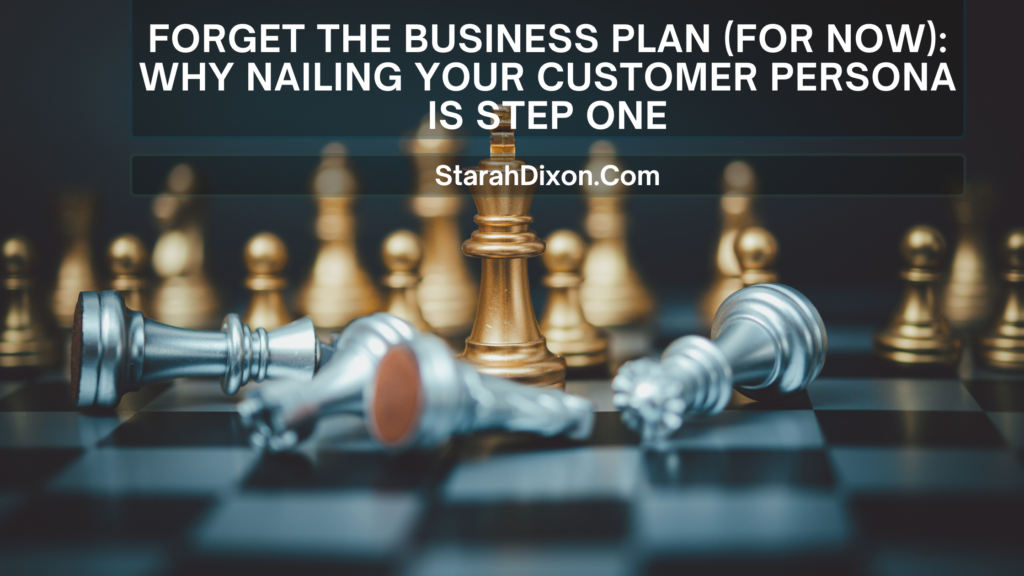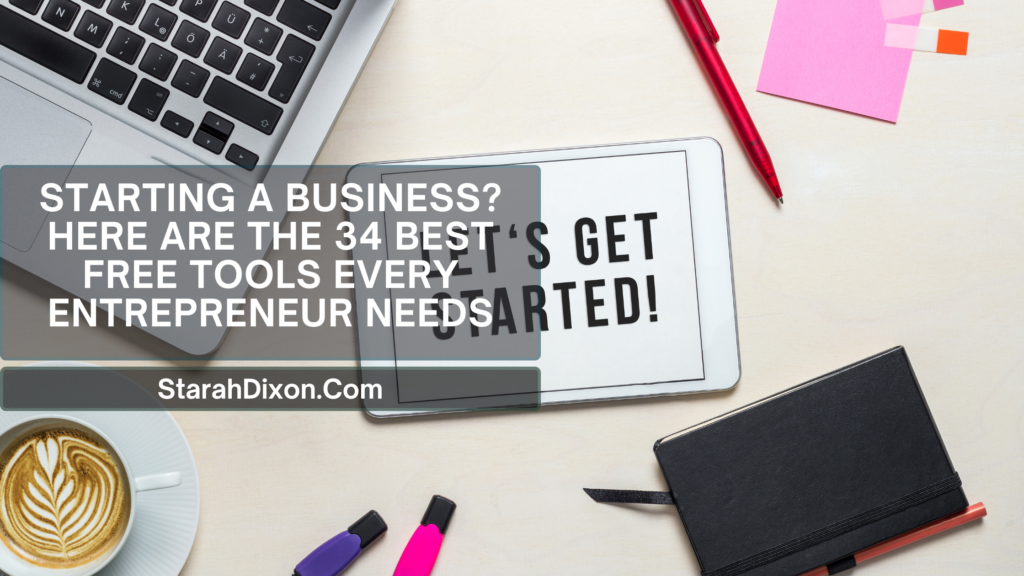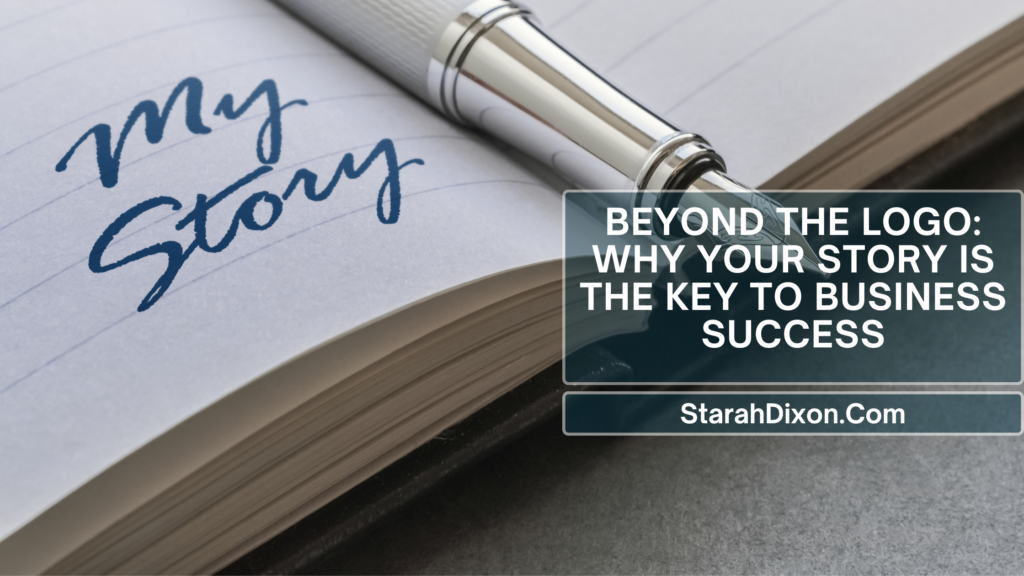If you’ve ever been told to start with a business plan, you’re not alone. It’s one of the first things people say when you mention starting a business. And while a business plan is important, I’ve found that most people skip an even more important step—creating a customer persona.
A business plan is a roadmap. It lays out your goals, strategies, market research, and financial projections. It’s especially crucial if you’re seeking funding or long-term expansion.
A customer persona, on the other hand, is a detailed breakdown of the exact person your business is built for. It includes their lifestyle, shopping habits, struggles, desires, and even the way they consume content. When done right, it gives you a crystal-clear vision of who you’re selling to and how to reach them effectively.
Why I Started with a Customer Persona (and Why You Should Too)
I learned this firsthand when I started Mitsooz. At first, I thought I knew my audience, but when I sat down and actually built my customer persona, I had some major realizations.
I wasn’t just selling decor—I was selling stories, conversations, and meaningful connections. I wanted people to walk into a home, see an item, and immediately feel something.
Here’s how my persona completely shifted my business approach:
- I reworked my About page. Instead of just talking about the company, I added a real backstory—who I am and why I started Mitsooz. Because my ideal customer values connection, I needed to show them the person behind the brand.
- I started making videos. My persona helped me realize that my customers weren’t just buying products—they wanted to hear from the founder, see behind the scenes, and feel confident in their purchase. Videos helped me create that personal touch.
- I removed unnecessary steps. Initially, I had a ‘subscribe to get a discount code’ pop-up. Then I asked myself, Would I go through that just to get a discount? The answer was no. So I removed it and just gave the discount upfront. My gut was right—most people subscribed anyway after making their first purchase. Less friction, better conversions.
How to Build Your Own Customer Persona
If you want to start strong, create a detailed customer persona that includes:
- Demographics: Age, gender, location, income level, and career.
- Psychographics: Values, lifestyle, personality, and interests.
- Pain Points & Needs: What problems do they face that your business solves?
- Buying Behavior: How do they make purchasing decisions? What influences them?
- Preferred Content & Platforms: Are they scrolling TikTok, reading long-form blogs, or watching YouTube reviews?
The more detailed, the better. When you can visualize your customer making their first purchase, you can remove the hurdles that might hold them back.
How This Makes Your Business Plan 10x Stronger
Once you’ve mapped out your persona, your business plan is no longer just a theoretical exercise. Now, it’s built on real insights.
- Your marketing strategy is more effective because you know exactly where to reach your audience.
- Your pricing and messaging align with what your ideal customer actually values.
- Your product offerings are tailored to solve real pain points, not just based on guesswork.
And before you even think about writing that business plan, test your persona first. Run small experiments—launch a test product, gather feedback, or put out content and see how your audience reacts. If it resonates, you’re on the right track. If not, tweak it before wasting time on a full-blown plan.
Do You Really Need a Business Plan?
There’s this belief that business plans are outdated. And honestly? Sometimes they are. Unless you need funding or outside investments, no one is demanding you submit a 20-page document.
But what a business plan does do is force you to think through everything. It helps you avoid blind spots, prepare for challenges, and understand your industry beyond your own perspective. Done right, it becomes a roadmap that guides your decision-making instead of a document collecting dust.
What’s Next?
If you’re serious about launching a business the right way, start with your customer persona. Once you’ve tested and refined it, then move into your business plan.
And if you want to go deeper, I’ll be dropping another post soon with some unconventional ways to validate your ideas before you invest time and money into them.
Need help with your business plan? Check out my Business Essentials Directory, where I’ve compiled free resources from SBA, SCORE, and other top organizations: StarahDixon.com Business Essentials.
At the end of the day, the more you understand who you’re building for, the smoother everything else becomes. Start with them, and the rest will follow.



